A case study on how we approach customer service at Cowrywise.
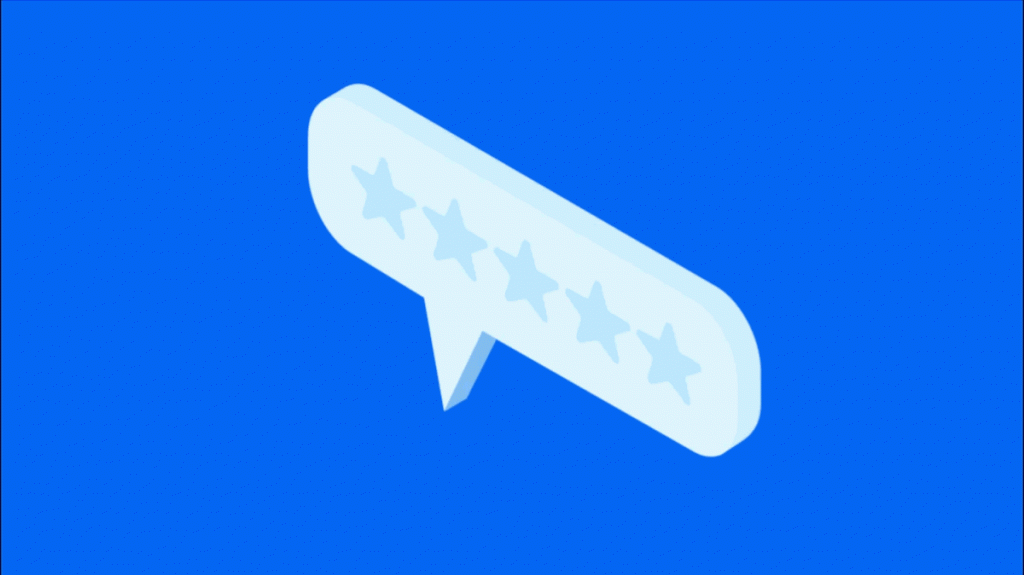
In ~5 years of operations, we’ve gotten accolades and sometimes criticism about how we handle customer service management at Cowrywise. In that time, we’ve learned a thing or two and this article shares what we’ve experimented with over the years.
We’d bare ourselves to show what has worked for us and what hasn’t, the tools we use and the metrics that matter to us; essentially how we approach customer service at Cowrywise. I’d try as much as possible to be clear, so follow me closely.
In early 2018, we had about 3K customers and that number has grown by more than 230X today. One thing that has remained constant over the years is our dedication and obsession with customer satisfaction, this is a core value for us at Cowrywise. Growing our customer base to well over half a million customers has been an exciting journey and we’ve been keen on scaling our customer service standard of operations as we grew our customer base.
The Case Story
Growth for a tech company is usually tied to customer acquisition and revenue as well as scaling the organization. Cowrywise is a fast-growing company and it’s remarkable to see how far we’ve come.
We consistently look for ways to attract customers to use our products and services. We experimented with a user growth campaign in late November 2021 which showed great promise and we decided to double down on that campaign in December 2021.
You should check out this full report on the Growth Campaign and everything we learnt.
Summarily, in December 2021, we acquired 4X the number of customers we acquired in January 2021 and 3X the number acquired in November 2021. Remarkable! The highest level of customer acquisition we’ve seen since inception.

It was an exciting growth and while we didn’t intend for support issues to grow with our customer base, they did. By end of December 2021, the number of support interactions almost doubled and this became a very challenging time. In January 2022, we were dealing with double the number of interactions we had in November 2021.
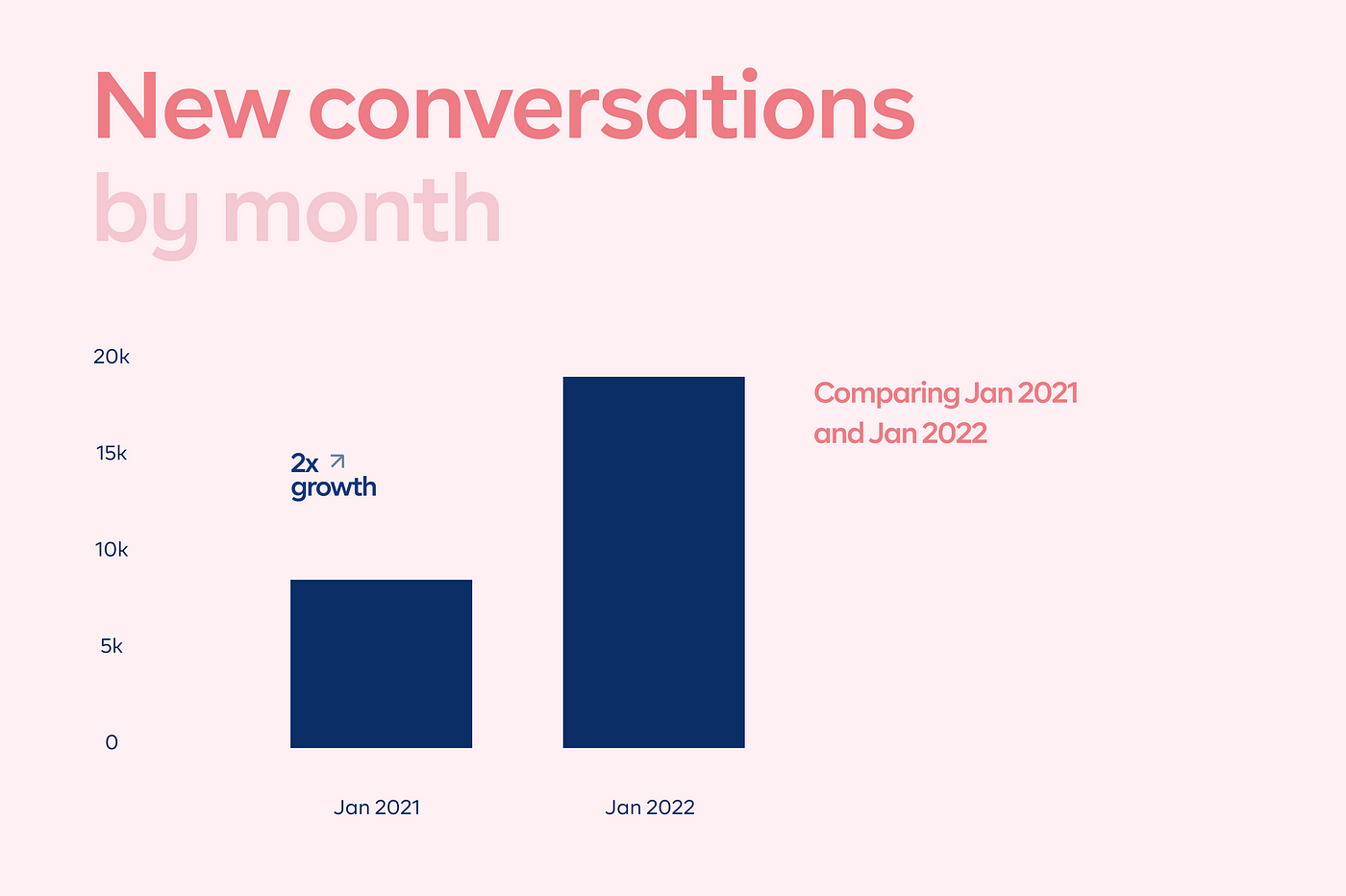
Our median response time increased from 2.5 hours to 6.5 hours. The last time we saw a spike in response time was between May and July 2021 when we realized we were understaffed and needed more hands that we eventually got.
January 2022 started with a bigger bang, a 33% increase in customer acquisition from the month before. This was a great thing but our goals of scaling our support standard were being dashed right before our eyes. By the end of January 2022, our median response time increased to 8 hours. Our support metrics were all over the place and the team overstretched. Horrendous times if you ask me.

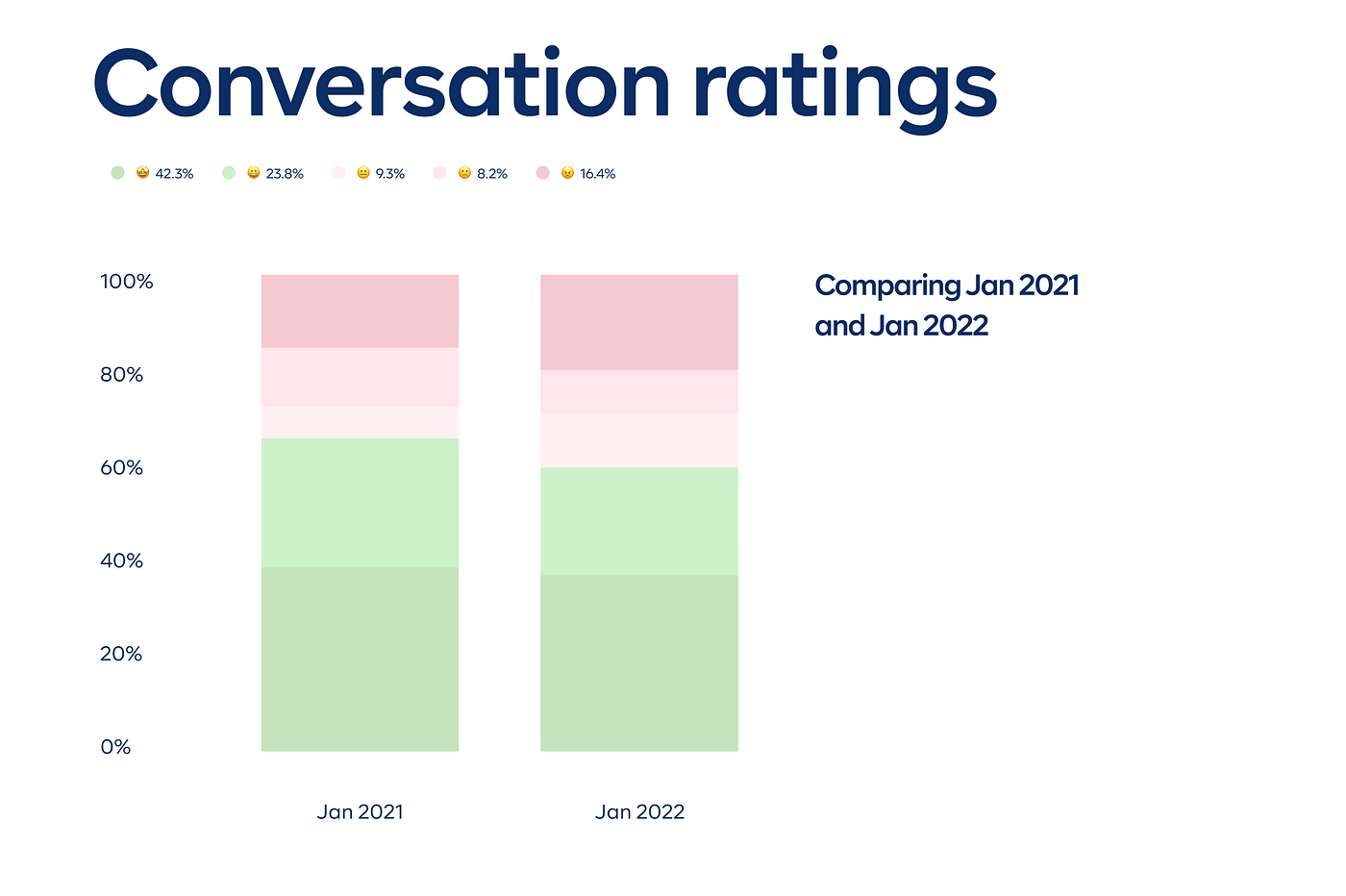
This was when we started to ask ourselves the hard questions.
- Why were our support interactions growing as fast as they did?
- Did we have the capacity to handle the kind of growth we were yearning for?
- What would it take to improve our customer support metrics?
In answering these questions, we found some issues;
- We had unintentionally attracted a lot of high-effort — low-value customers.
- Our support operations were not optimized for the kind of growth we wanted.
- Our technical team needed to evaluate and confirm that our systems/infrastructure had the capacity to handle fast-paced growth.
The Referral Campaign report explains in detail how we attracted low-value customers.
Answering these questions helped us understand that we needed to take swift and smart steps to provide the kind of exceptional service that left our customers satisfied enough to sing our praises to their friends and get our metrics to what we’d be proud of.
The first step was to analyse and outrightly stop the ongoing Referral Campaign. I won’t go into the details in this article, the Referral Campaign report already has all the details.
Figuring out the issues
In times like this, it can be tempting to want to increase the headcount of your support team immediately. We considered this but as a lean tech company, we knew better than to consider that as our first line of action.
In our case, we looked inward to see what our process was like so we could find ways to improve on that first.
Our process looked like this;
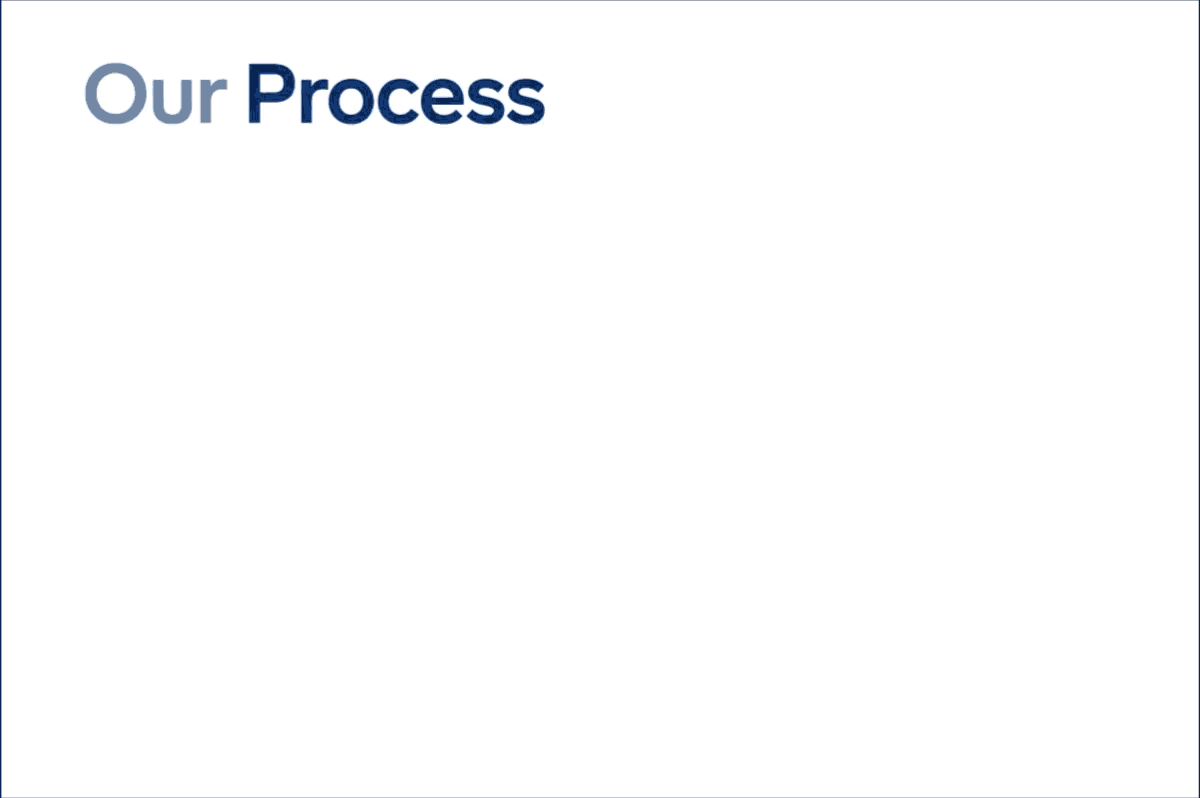
We found 3 issues with this flow;
- There were multiple places where we meet our customers. Social media alone was 4 different channels, IG, Twitter, Whatsapp and Facebook. Then there were emails, live chat, calls and a few visiting customers.
We needed a unified means of communication to make the work smoother for the CX team.
2. We had multiple sources of truth. When a customer reaches out, to get information about them we’d have to check multiple dashboards before an issue is understood enough to be resolved.
We needed a unified source of truth.
3. Resolution time was off the charts because CX Staff depended on specific engineers and also 3rd party partners for too many things.
We needed to decentralize support issues resolution.
What did we do?
Based on the issues we found above, we started to make small changes everywhere;
Unifying our Communication Channels
Since the inception of Cowrywise, we always had a live chat support option that allows customers to chat with a CX Staff for support or inquiry, this was a service we got from Intercom. As a B2C company in Nigeria, we learned early on that our customers appreciated the option of having someone attend to their needs without leaving the app or website, this was an experience we were not willing to trade off so we found ways to build on it.
Intercom has built a fantastic product for customer engagement and in our 5 years of using their service, we’ve seen impressive innovation in the product.
Sometime in 2020, we explored integrating our mailboxes into the Intercom such that our CX Staff could respond to emails right from Intercom. Later in 2021, there was an option to integrate our Facebook and Twitter accounts into Intercom, which we did. This undoubtedly improved the experience of our Staff, switching apps to respond to customers was not just physically draining but also mentally.
2022
Fast forward to 2022, we started to find ways to integrate all our Social Media interactions into Intercom. Fortunately, they started to offer those options. Our Whatsapp account came into Intercom first then did our IG account. And so in one place, we could respond to our customers on any channel they chose.
Tega had been in charge of our WhatsApp channel before the sync to Intercom, she can’t fully express in words how much impact the sync has had on her productivity. She said “responding to customers via intercom was way easier, using Intercom tools like macros and articles made her responses faster”
Overall, the team has become more productive and efficient in handling support cases with the sync.
One would actually consider excluding some channels and we did consider that. And we asked ourselves if it was worth it to maintain multiple channels, and we knew the answer.
Now, we had all text-based support channels in one place, this was interesting and Intercom soon felt like our super app.
Introducing Support Bots
Next, we decided to double down on self-service support.
We had a couple of self-serve tools offered by Intercom;
- The help centre
- Bots
Each service from Intercom comes at a cost and some services are billed based on the number of customers you have, so brace up.
The help centre is a knowledge base where we have short and concise articles that speaks to some of the FAQs we’ve gotten from customers over the years. This also doubles as a form of SEO, for instance, if you search for “how much can I invest on Cowrywise”, an article from our help centre comes up first.
At the moment, we have about 70 articles written to answer everything you need to know about Cowrywise. Check out our help centre.
In Mid-2021 when we first started to use one of Intercom’s bots, the resolution bot, our monthly subscription went up almost 7 times. It was a steep price but a price we were willing to pay to give our customers and staff a better experience.
In early 2022, we decided to improve on existing self-service tools and so we engaged another bot, the custom bot. This time around our monthly subscription fees doubled from what it was in December 2021. This cost was unrealistic and we had to consider ways to come down on this cost. One thing we quickly realised was that both bots were offering similar services and we decided to let one go.
Both bots are fantastic, however, I’d recommend the custom bots over the resolution bot. You can learn more about Intercom’s bots.
The impact of these self-service improvements was very impressive. In Q4 2021, our self-service tools were handling about 50% of all our conversations while in Q1 2022, they were handling 63% of all conversations.

For more context, this was hours of boring and repetitive work getting handled and resolved with minimal effort. Remarkable!
Unifying our Source of Truth/Decentralizing Support Issues Resolution
Coral and Hermes
We first launched Coral in November 2019. The goal was to have a central database to get quick information about our customers and their accounts. Eventually, we upgraded it to be an administrative tool which provides essential information about our customers, their accounts and all transactions.
Fast forward to 2022, Coral is now more efficient and can do more than just provide information. A CX Staff does not have to wait for external input before resolving many customer support issues or needs. No doubt we still have to interact with a few dashboards to make an informed decision but Coral is the primary source of truth.
Today, embedded into Coral is our ticketing tool (Hermes) that enables us to easily escalate and track issues internally.
Aisha, one of our Customer Experience Leads, recounts her time working without Coral and confirmed that with Coral she gets better insights about a customer.
With Intercom, Coral (and Hermes), CX Staff can get insight into predominant requests and spot patterns to make informed decisions. These insights are usually transformed to provide useful information to other team members so they can make smart decisions in their various capacities.
Loki
In August 2020, one of our Senior Software Engineers (now Tech Lead), David, had gotten excited about building an internal fraud detection system. Before the end of 2020, we had a functioning system that was able to pick on irregularities/fraud on a Cowrywise account.
Fast forward to 2022, Loki has been instrumental in mitigating fraud on Cowrywise. Loki also played a major role in nipping referral fraud in the bud, earlier in the year. We were able to save over 10 million naira in referral fraud alone.
Cowrywise Customer Support Stack
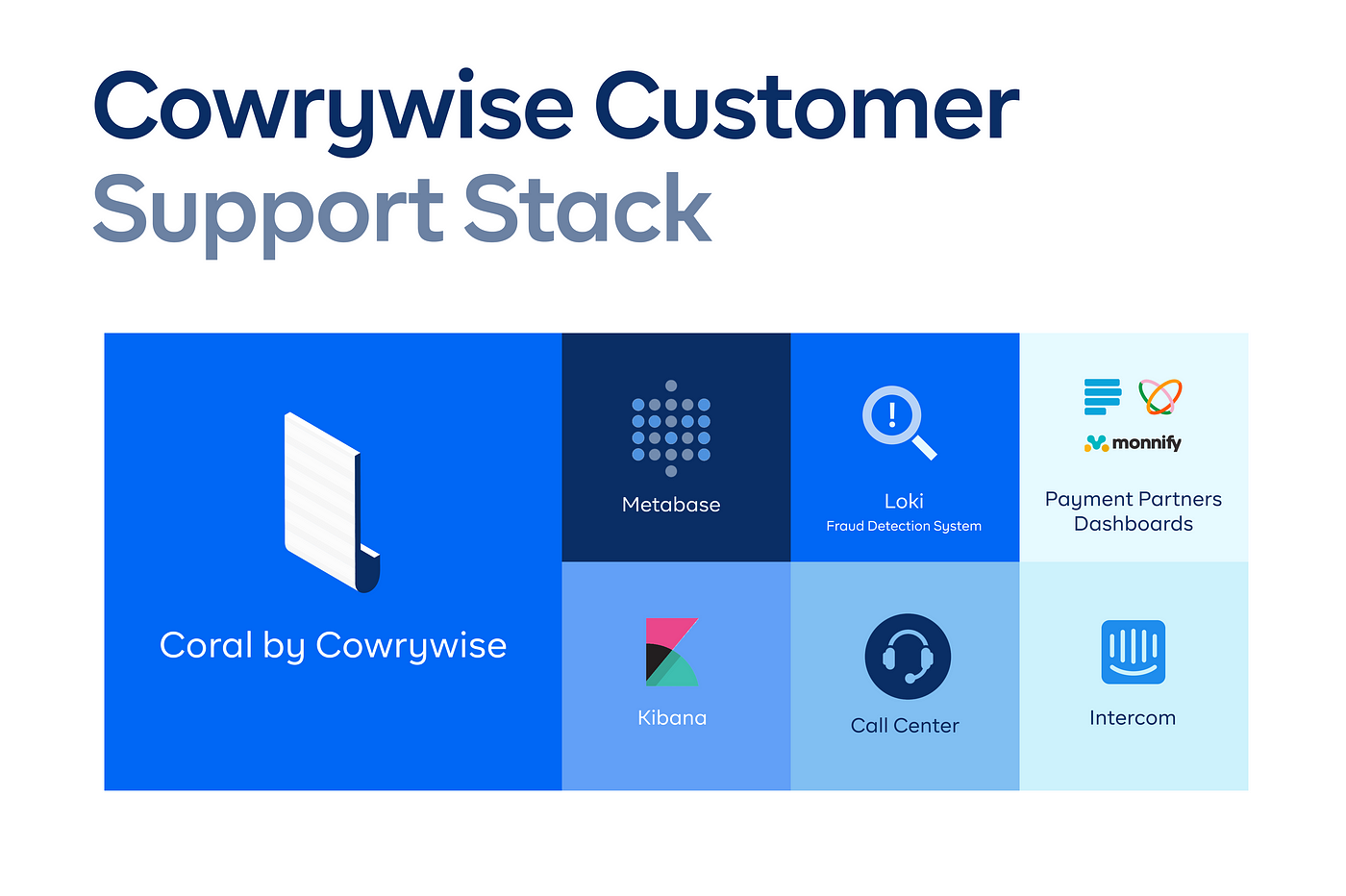
Where we are now vs where we want to be
Today, our metrics are way better than they used to be. The ripple effect of the acquisition of low-quality users still exists but overall we’ve seen tremendous improvements in our metrics.
Today, new conversations have dropped by more than half of what it was in January 2022.
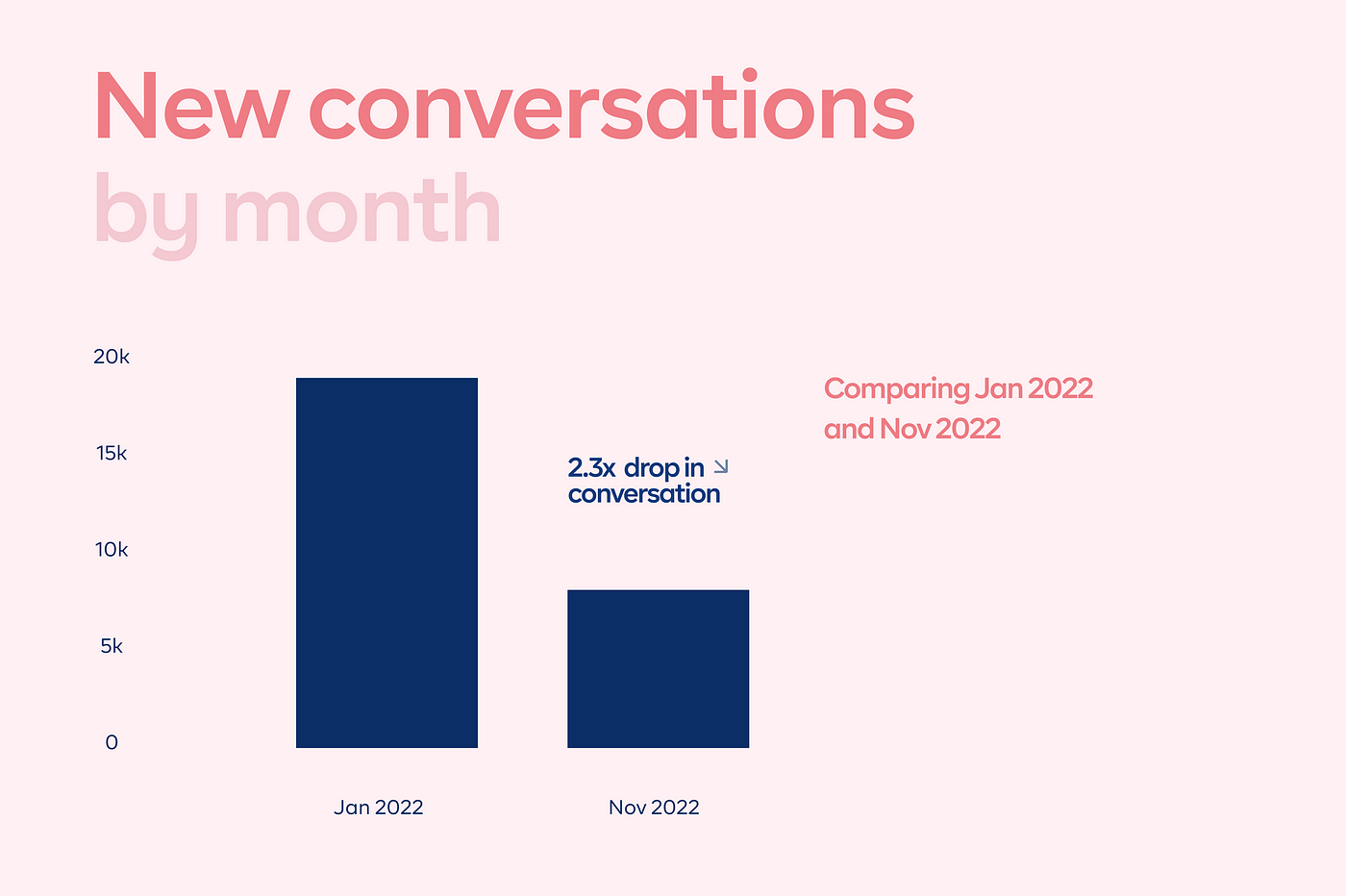
85% of these conversations ended with the customers feeling great enough to leave a good rating.

Also, our median first response time was reduced 8 times, from 8 hours in January to 1 hour in November 2022.

We started the year 2022 with one goal in mind, to improve our Customer Support Metrics without trading off our customers’ experience or standard of operations. This is a consistent work in progress but we’re definitely proud of where we are now. Our goals are not met yet, in that there’s still a lot we want to do better, but this is a step in the right direction.
Lessons to enable you to build an exceptional Customer Experience team.
Lesson 1: Equip your support team
Equipping your team doesn’t just mean supplying them with the best gadgets and latest integrations, although that is also very important. However, this means that you should equip them with the right information about the business. What are the immediate business goals? How does the team come in? Exposing your team to business operations and goals of the company generally affects how they solve problems and interact with customers.
Lesson 2: Invest in the right tools
Customer support teams within the tech industry are very different from customer support in traditional firms. Investing in the right tools not only empowers your team to do their best work but also gives your team enough time to focus on more intuitive work. Embrace an omnichannel approach to customer service over a multichannel approach—this helps a customer enjoy a unified experience across different messaging touchpoints every time.
Lesson 3: Adopt a company-wide culture that values the customer
Ensuring an optimum customer experience is not the sole job of the customer experience team. It’s a company-wide responsibility and everyone must be aware of that. While designing user experience, building the product, thinking about marketing strategies and setting up every structure, the customer must come first. At Cowrywise, we ensure that every team member works with the CX team at intervals, giving them a direct view of how customers interact with the product.
Lesson 4: Measure and review consistently
You can’t improve on what you do not track. Actively measure new structures you set in place, then review them to ensure you are on the right track. This will help you optimise when necessary, or completely put a stop to underperforming strategies.
Have any questions? Ask in the comment section.
ALSO READ
Embedded Finance: The next revolution may rest with the most innovative fintech companies
Celebrating Customer Service Week 2023: Putting the customer first

Comprehensive and Insightful. ?
Good job ?